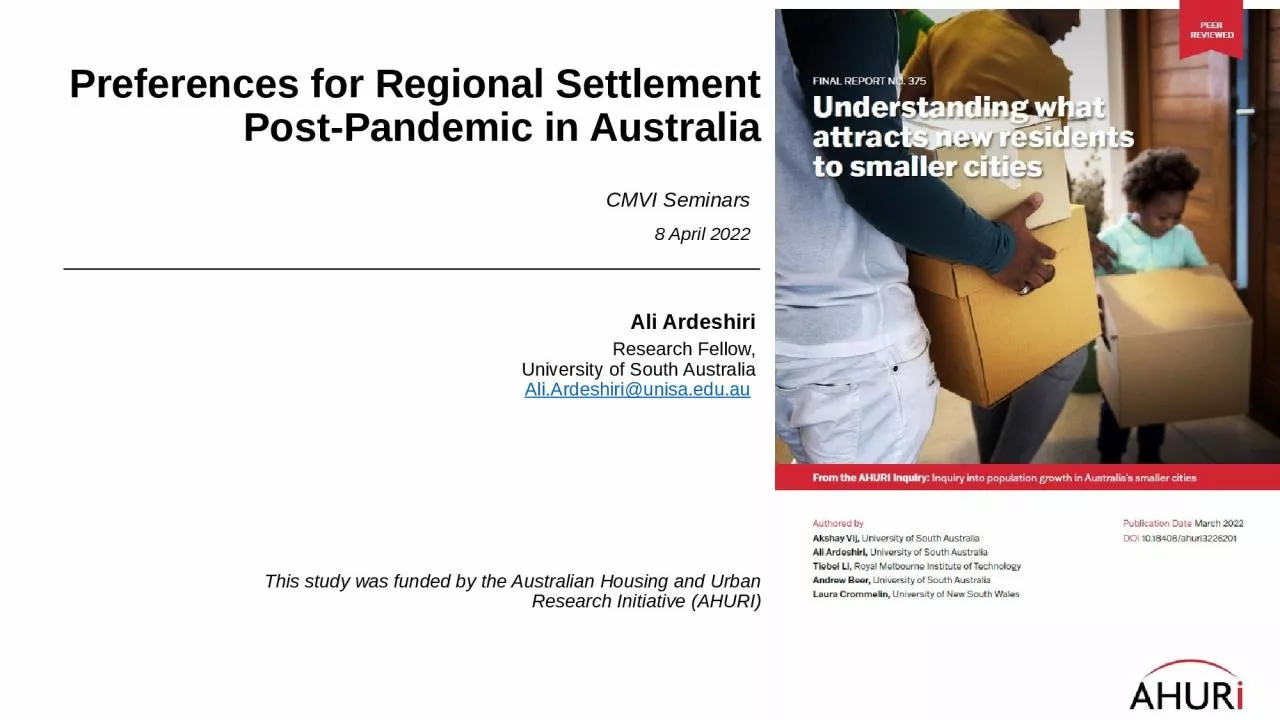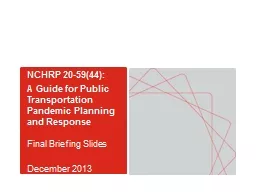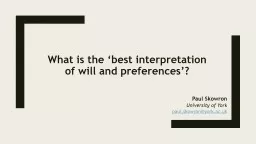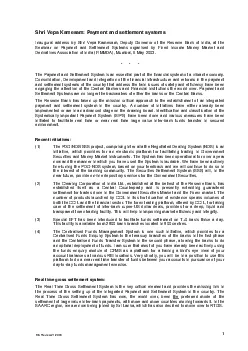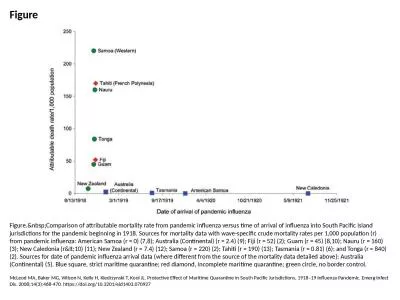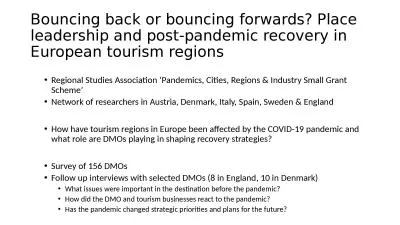PPT-Preferences for Regional Settlement Post-Pandemic in Australia
Author : white | Published Date : 2024-01-29
CMVI Seminars 8 April 2022 This study was funded by the Australian Housing and Urban Research Initiative AHURI Ali Ardeshiri Research Fellow University of South
Presentation Embed Code
Download Presentation
Download Presentation The PPT/PDF document "Preferences for Regional Settlement Post..." is the property of its rightful owner. Permission is granted to download and print the materials on this website for personal, non-commercial use only, and to display it on your personal computer provided you do not modify the materials and that you retain all copyright notices contained in the materials. By downloading content from our website, you accept the terms of this agreement.
Preferences for Regional Settlement Post-Pandemic in Australia: Transcript
Download Rules Of Document
"Preferences for Regional Settlement Post-Pandemic in Australia"The content belongs to its owner. You may download and print it for personal use, without modification, and keep all copyright notices. By downloading, you agree to these terms.
Related Documents

